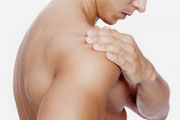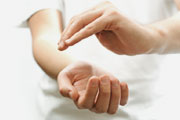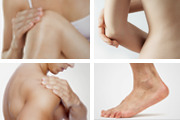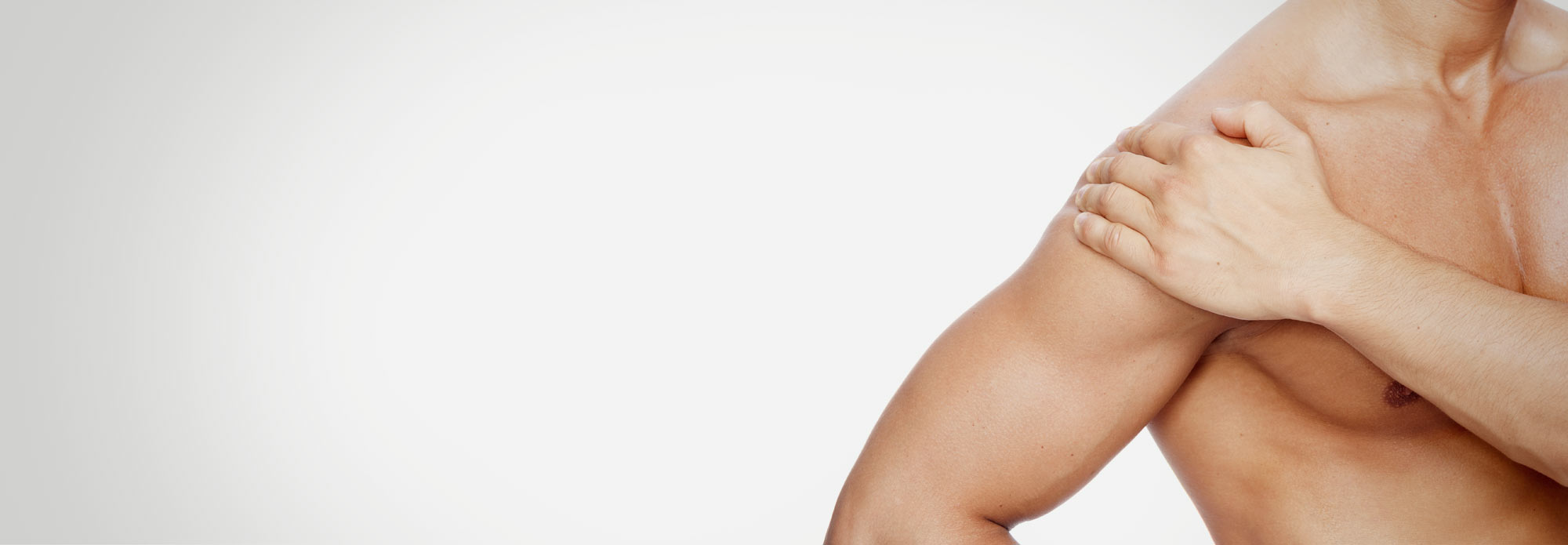Lars synthetic ligaments
The LARS, or Ligament Augmentation and Reconstruction System, is designed to replicate the mechanical and anatomical properties of natural ligaments.
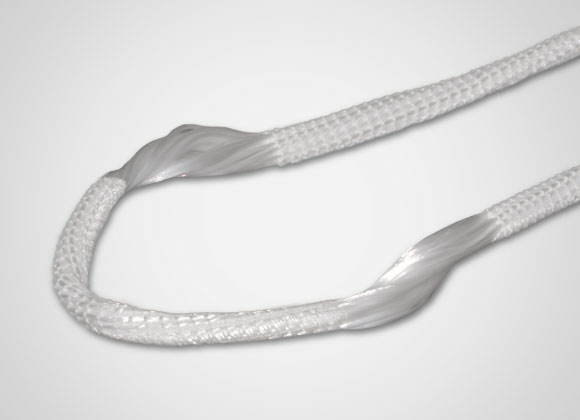
Principal features of LARS
The LARS synthetic ligament is made of 100% industrial strength polyester fibers. Each LARS contains a specific number and length of fibers, depending on their intended use. The active intra-articular portion of the LARS is made of longitudinal fibers, called “free fibers” without transversal fibers. The fibers are oriented according to the ligament they are made for, to mimic the anatomic fibers. This patented structure allows a high resistance to fatigue especially to flexion, torsion stresses and while observing a minimum residual elongation of the ligament. This porous and flexible structure allows colonization of the tissue.
LARS in 5 points
- Rapid return to sporting activities
- Minimal invasive surgery, mainly by arthroscopy
- No long period of immobilization required
- Full range of motion after 3 weeks
- No muscular atrophy
What is LARS suitable for?
The Upper Extremities
Rotator Cuff tears, acromioclavicular, joint dislocation, distal biceps tears and others.
The lower extremities
Anterior and posterior cruciate ligaments reconstruction ( intra articular), posteral lateral corner, quadriceps tears, patellar tendon tears and achilles tendon repairs (extra articular) and others.
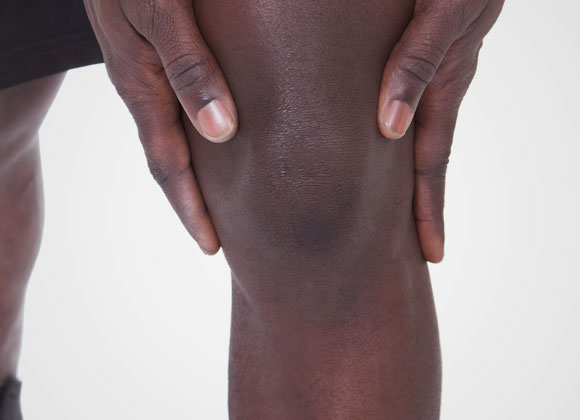
Why choose LARS and how does it work?
The LARS synthetic ligament can be used as an augmentation device in conjunction with autograft or allograft in acute or chronic injuries. This hybrid technique has revolutionized the use of synthetic ligaments in all types of reconstruction indications. The combination of biological and synthetic implants will create a homogenous fusion, thus creating a new hybrid approach. Combining biologic tissues and a synthetic implant to provide a fusion between both elements. A hybrid application will provide strength (early recovery with no elongation) and durability (extended life time).
What does the postoperative rehabilitation protocol comprise?
The postoperative care varies according to the technique used and the joint being repaired such as knee, shoulder, ankle. Generally, these indications apply:
The LARS ligament enables you to start physiotherapy the next day after surgery so there will be no limitations, rapid full range of motion, less muscle atrophy, quicker return to sports and no brace is necessary.
LARS - a tried and tested treatment!
Many publications through the years have demonstrated the use of LARS ligaments to have it's advantages versus conventional techniques. In acute (≥ 3 weeks) cases, the LARS ligament will work as an augmentation device combined with stump of the ACL. In chronic or revision cases, the LARS ligament is combined with a graft as an augmentation device intended for stress shielding. Enjoying the combination of synthetic and biological ligaments, so you benefit from the best of both worlds!


